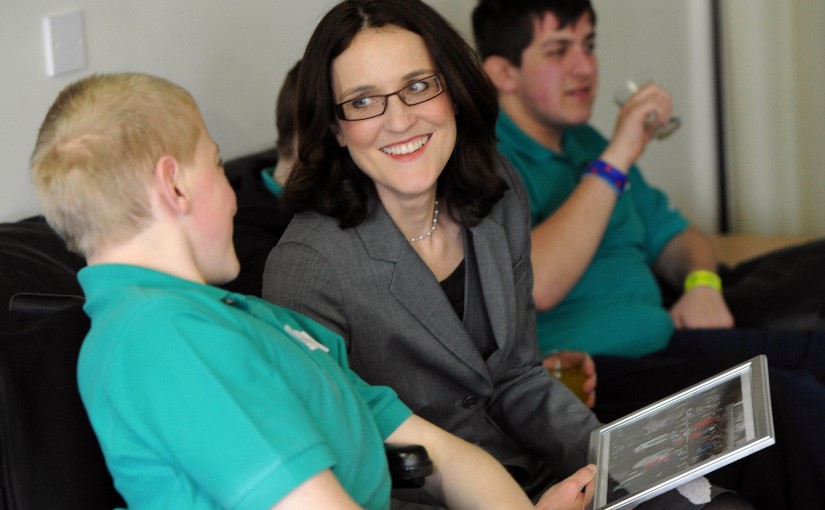As of the 2012-13 school year, 14 percent of all public school students were receiving special education services, according to the National Center for Education Statistics. But what does it mean for a child to have special needs?
Broadly speaking, “special needs” is used to describe children who require any kind of special support due to a physical, mental or emotional issue, beyond the average student. It’s a term that covers a wide variety of needs—one student may simply require a ramp to access the building from a wheelchair, while another may need special therapy.
Classifying the many different kinds of special needs can get complicated—the Individuals with Disabilities Education Act (IDEA) identifies 13 separate categories. At a broader level, special needs can be broken into four general types: physical, behavioral, emotional, and sensory.
Physical Special Needs
A physical special need is a physical limitation that permanently makes typical mobility or bodily control more challenging. It often requires special equipment like a wheelchair. Examples of physical special needs include children with muscular dystrophy, epilepsy, or chronic asthma.
Sensory Special Needs
Sensory impairments are conditions that limit one or more of a child’s senses. This includes blindness, deafness, visual impairments, and more.
Developmental Special Needs
Kids with developmental disabilities experience challenges with skills needed for certain aspects of life, such as language, mobility and learning. These include conditions such as dyslexia, Down syndrome or autism.
Behavioral/Emotional Special Needs
This type of special need refers to disorders that affect a child’s ability to respond to traditional discipline or struggle with psychological conditions. These include conditions such as ADHD, bipolar disorder, and oppositional defiance disorder.
Empowering Special Needs Kids to Take On Challenges
While children with special needs all have one thing in common—a need for a little extra support—this term refers to a broad range of unique needs. But special needs kids are much more than this label. Understanding the challenges these children face is a great first step to helping them overcome them for full, satisfying lives.

Leave a Reply
You must be logged in to post a comment.